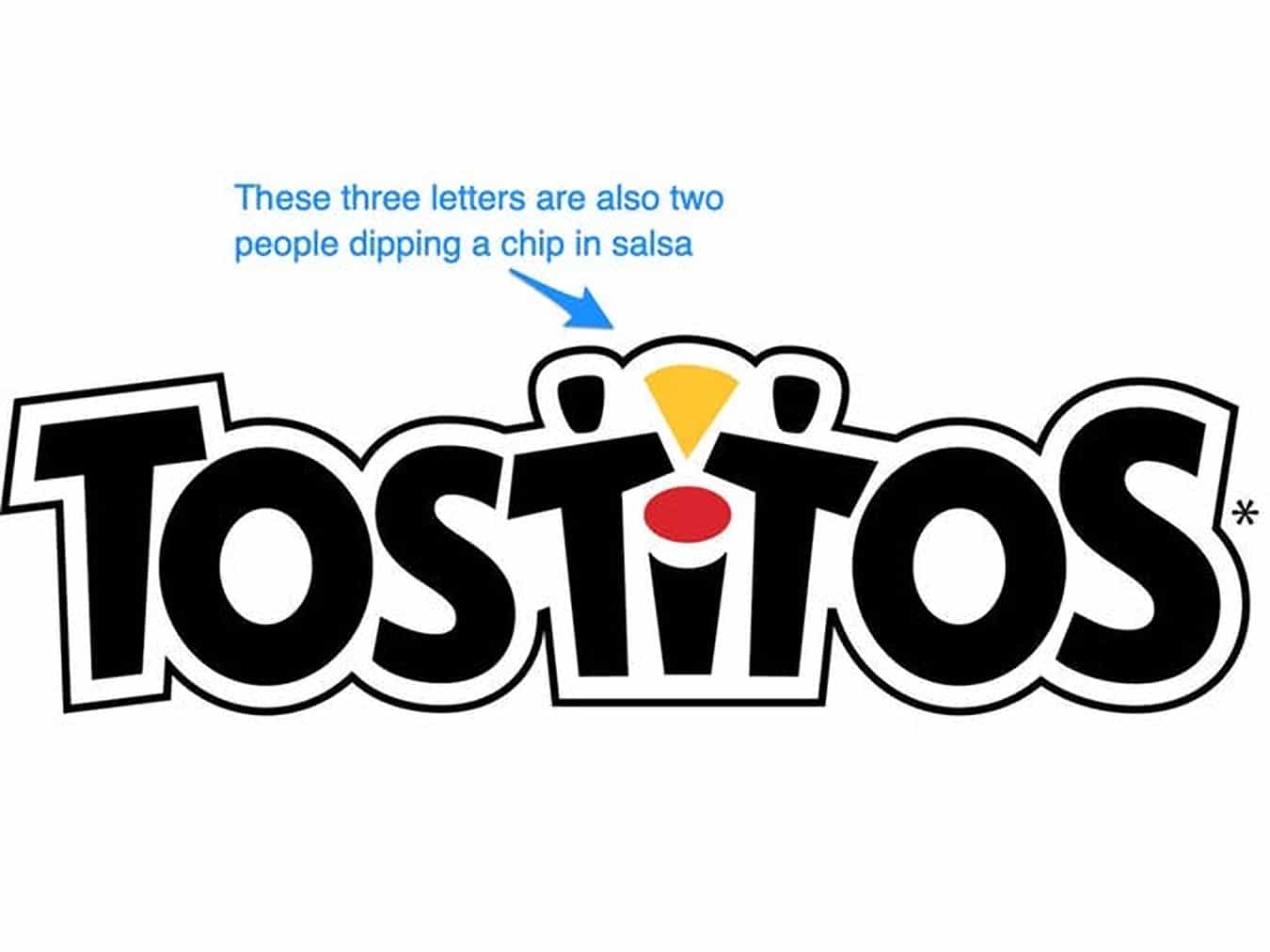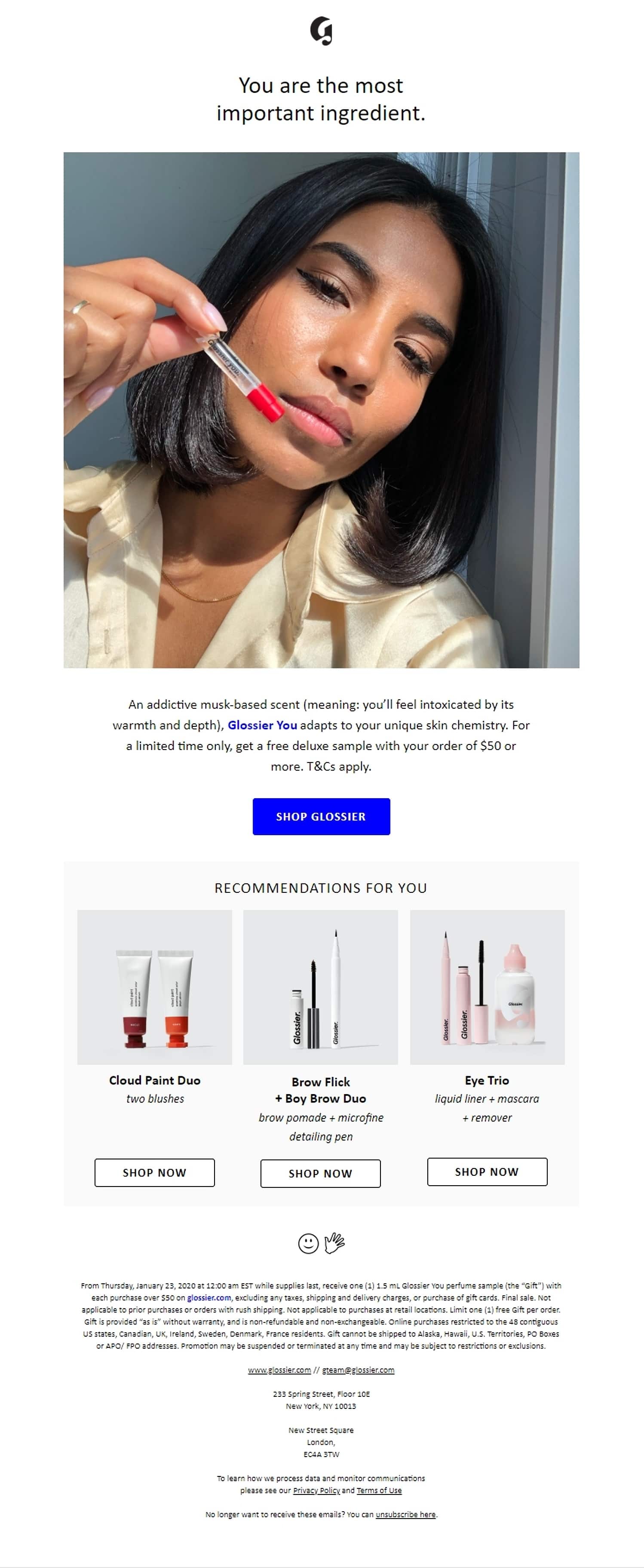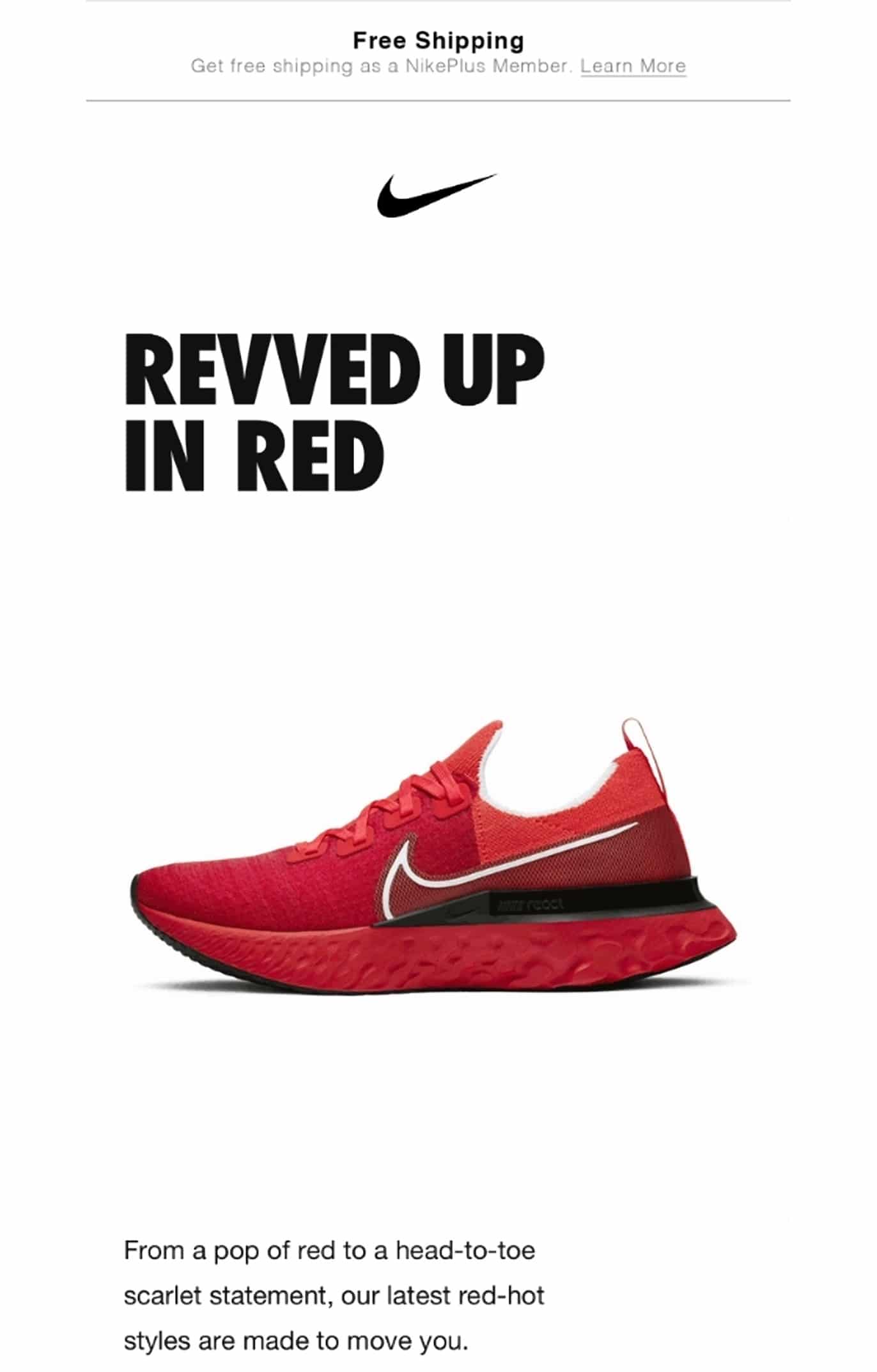Hidden messages are everywhere we look. As a marketing professional, you understand just how vital these messages can be.
However, when it comes to subliminal advertising in email marketing, it doesn’t seem as simple as some of the more famous examples that we see from big brands.
For example, the brand Tostitos utilized subliminal advertising in their logo cleverly. In case you haven’t noticed, their latest logo includes two people sharing a chip and a bowl of salsa.
Source: Business Insider
This was a crafty way for the brand to imply that their chips are meant to be shared in social settings without saying it outright. Once consumers see the image, they instinctively think that this bag of chips would make a great addition to their next social gathering.
That is subliminal advertising at work.
Now, there’s been controversy over subliminal advertising over the years, so it’s not unusual to question the practice. Should you use subliminal advertising in email marketing? Before making that decision, let’s talk about the practice because it’s not always what it may seem.
Subliminal advertising in email marketing: should you be using it?
Subliminal advertising is the art of playing with people’s minds—which is why it often receives tough criticism from the public. However, what people don’t know is that subliminal advertising is everywhere they look.
What is subliminal advertising?
Subliminal advertising is the use of subliminal (or hidden) messages in the design of content. The purpose is to engage people subconsciously instead of outright telling them what they should be thinking or doing.
When most individuals think of subliminal advertising, they think of hidden imagery, such as the example above, with the Tostitos logo. However, that’s not all there is to creating subliminal messages. The use of different colors, shapes, and text can also go into creating these subtle advertising messages.
So, while visual imagery does play a massive role in subliminal advertising in email marketing, your marketing team will want to utilize everything from color psychology to playing with the connotation of different words and phrases.
4 excellent examples of subliminal advertising in email marketing
Subliminal advertising in email marketing isn’t as rare as you may think. Unfortunately, if you’ve never worked with it much in the past, it can be difficult to start creating your own subliminal content. That’s why we’ve compiled this list of four excellent examples of subliminal advertising in email marketing.
Each of these examples stands out for different reasons, and we’ll go ahead and outline why we loved each one of them.
1. Vinyl Me Please’s use of subliminal advertising
Source: Really Good Emails
We’re choosing to start off with this example from Vinyl Me Please because the opening imagery does a great job of putting the readers into a music mindset.
First, the brand name includes the word vinyl. When most people think vinyl, their brain automatically goes to those big round vinyl records used to play and share music in the ’80s. Now, look at that leading image again—what shape is it in? A big round circle, just like a vinyl record.
Next, what words stick out to you in that leading image? Beside the brand’s name, the text “on rotation” is featured. Again, when you think of vinyl records, you know they play by rotating in the machine. Interestingly, that’s not the only subliminal advertising we see with the use of “on rotation.” When a circle moves, it is rotating in the same space. This is otherwise seen as repeating its pattern over and over again. In music, when we put a song on rotation, we’re also repeating it.
Do you see what they did there? In this email, Vinyl Me Please is not only telling readers that they’re going to love the music that’s being advertised in the message. They’re also telling them that they’ll enjoy it so much that they’ll play it repeatedly.
All that information is packed into one leading image, and very few words were necessary to get us to that conclusion.
2. Glossier’s use of subliminal advertising
Source: Milled
Images play a significant role in subliminal advertising. That said, while the image in this example from Glossier plays a part in their subliminal advertising message, it’s the headline text that gets the ball really going.
“You are the most important ingredient.”
If you’re on this email list, you already know that the brand is known for its beauty products, so seeing this headline is already putting us in the mindset that we’re going to enjoy the product that’s to come. Why? Since we’re the most important ingredient, we have to like it. Right?
Now that your brain is in motion, we’re presented with the leading image of a girl holding a sample perfume bottle. This email is going to present readers with a new perfume with ingredients that we love.
Subliminal advertising in email marketing: six words and one image, and our brains are already telling us we’re going to love this new perfume because we’re the most important ingredient.
Well done, Glossier.
3. Bebe’s use of subliminal advertising
Source: Milled
Bebe takes things in a rather suggestive direction with their headliner text. In Western culture, the phrase “get in your pants,” is often one of a sexual nature. However, Bebe has used it to get their audience members thinking.
Right away, most individuals who receive this message from Bebe aren’t going to think of the sexual connotation of the headlining text. Rather, they’ll think of the idea it conveys, which is being sexy enough to pull off this look and be desired for it.
The image that follows the headliner text only reinforces this thought process because the brand has chosen to use two very beautiful models to showcase these “must-wear” leggings they’re trying to sell.
The subliminal message in this email is that, if you buy these leggings, you’re going to look as good as these models and be as desired as they are. Again, four words and one image to convey this entire message to readers.
Subliminal advertising in email marketing works. Especially if you’re trying to convince your audience to make a purchase.
4. Nike’s use of subliminal advertising
Source: Milled
Nike is notorious for using subliminal advertising in their email marketing efforts. They know how to use a combination of text, imagery, and more to convince their audience that they need Nike products, and this email example is no different.
For this example, let’s start our analysis with the email subject line used to capture the reader’s attention:
“Red styles to get your heart racing”
Since this is a February ad, the reader’s mind is thinking red = Valentine’s Day = the heart. Now, because this is a brand known for its sportswear, the reader’s mind is also taken from the “heart racing” to getting up and moving.
All of this is happening subconsciously because the email is delivered to your inbox in February, the subject line has the word “red,” and Nike mentioned the heart racing. The consumer’s conclusion is logical: This is an email about shoes.
Now, when the reader finally opens the message, they’re greeted with a bright red shoe. Color psychology tells us that the color red makes readers stop. Nike capitalized on that because, in the live preview of this email, the red shoe is only one of the images featured in their header animation. However, it was enough to get the reader to stop and watch each of the different shoes flash across their screen.
Thanks to a few nicely chosen keywords and one color choice, Nike could subtly tell us that this email was about shoes that’ll get us up and moving. That’s quality subliminal advertising in email marketing at work.
Wrap up
Subliminal advertising in email marketing doesn’t have to be as difficult as it sounds. In fact, there are examples to help you in your creative process everywhere you look. From logos to a crafty use of text and colors, you can find infinite ways to include subliminal messages in your email marketing campaigns.
If you’re not sure where to start with creating subliminal messages, you’ll want to start by:
- Playing around with different variations of popular phrases – remember that words and phrases don’t always share the same meaning for everyone.
- Researching the psychology of color – different colors can lead your readers in different directions.
- A/B testing your content before sending – you won’t know how your readers will respond to this marketing tactic if you don’t split test before you send.
Psychology plays a much more significant role in advertising than you may think. Check out our guide to using psychology to improve your email click-through rates today.









